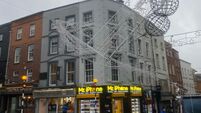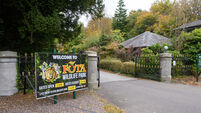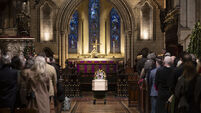Building children’s hospital elsewhere could save €86m, report finds
However, the delay caused by a change of venue and the write-off of monies already spent at the Mater meant negligible savings.
A review group which looked at the cost differential between building the hospital at the Mater or one of three alternative Dublin sites found switching the project at this stage would delay it by two-and-a-half years.












